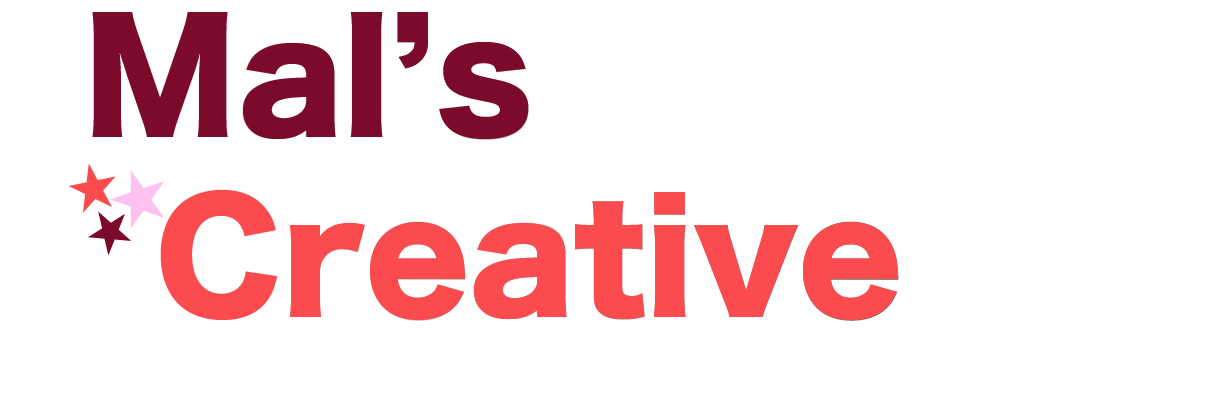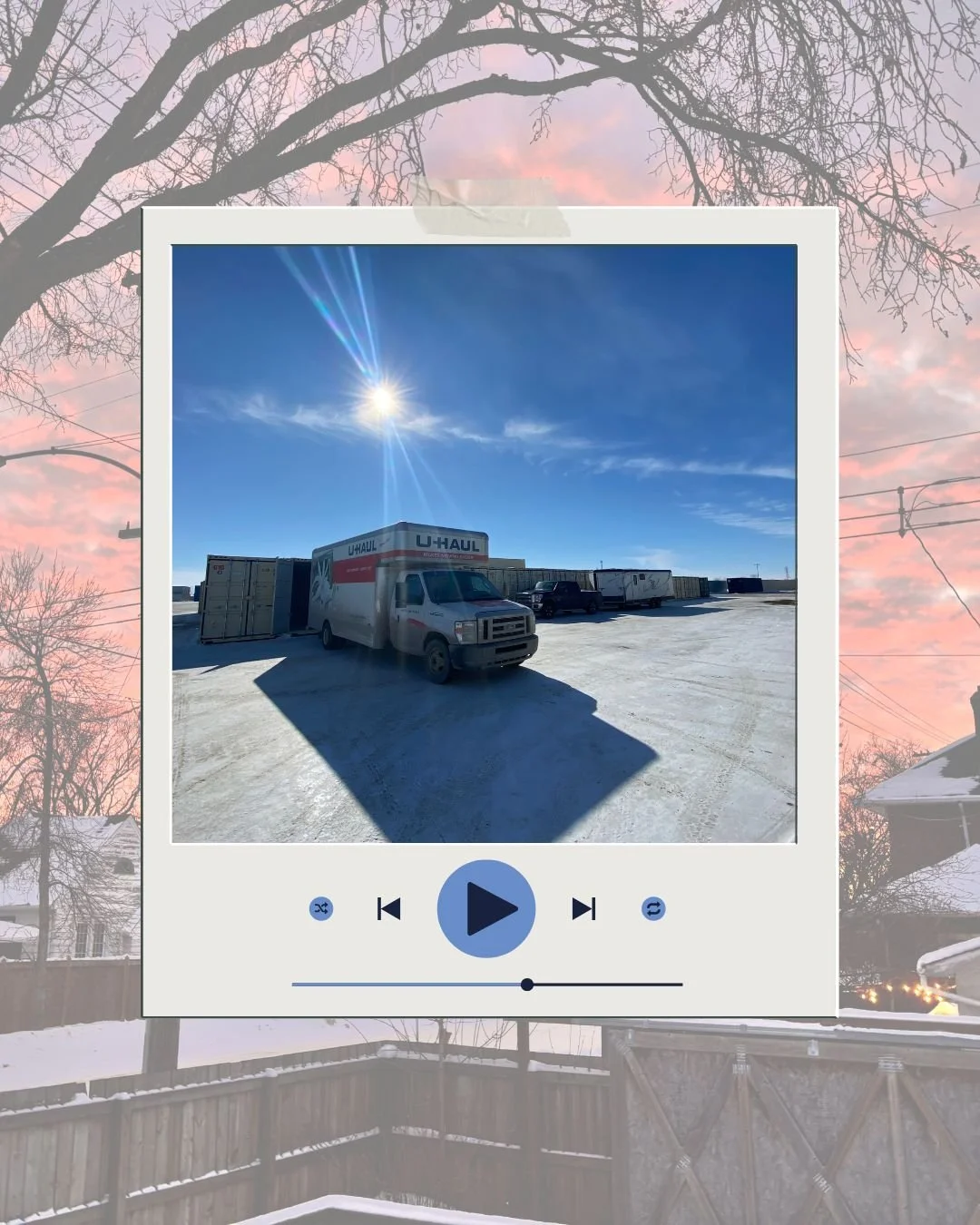The Music That Moved (With) Me - Working Draft
A young woman has lived in three provinces, five small towns, and five cities. Throughout all of the change she grew up with, she learned that music is the constant she needed.
Photos taken on iPhone 15, collage edited on Canva
Ticketmaster - Editorial
If you were one of thirty-one million people who registered for the presale for Taylor Swift’s Eras Tour in Toronto, you have experienced the impossible wrath of Ticketmaster. Ticketmaster holds a monopoly over the concert industry, allowing bots, scammers, and scalpers to purchase and resell tickets at higher prices.
According to Billboard magazine, Ticketmaster’s main source of revenue are the fees they charge to process orders. They can drastically change the price of a ticket, bringing a $100 ticket to almost $200.
Ticketmaster has become the one-stop shop, and that needs to change. Live Nation owns Ticketmaster, and according to the New York Times, this ownership combined the most popular concert promoter and the massive ticketing platform, resulting in an incomparable colossus in the industry.
My name is Mallory Johnson, and I have personal experience with the absurdity of Ticketmaster. We need to call for the removal of the monopoly over the industry, and an alternative to Ticketmaster. The concert industry needs a drastic change. As a fan myself who tried for nine hours unsuccessfully to get tickets to the Eras Tour, time is ticking.
Radio Analysis Report
Introduction
I analyzed POWER 97. The call sign is CJKR, frequency is 97.5 FM; owned by Corus Entertainment and plays rock. I listened on Friday, January 19 at 7:45-8:45p.m. to Tyler and Lynch, and Monday, January 22 at 7:45-8:45a.m. to Jay and Vicki.
Audience
Their target audience is middle aged men since they play rock. However, I don’t believe that rock music is gendered. The most striking observation to me was how they played one song by women in two hours.
Advertising
There was two commercial sets in the evening. The first included the Government of Canada, a travel agency, Indigenous students; it was one minute, 30 seconds.
The second included commercials about their shows, Canada’s news law, a jewelry store about proposing, and a rehab center; it was one minute, 50 seconds. I believe the advertising was targeted well, especially the jewelry commercial. During the evening, there was three minutes, 20 seconds of advertising.
There were three commercial sets during the morning. It included one for the station’s noon show, an HGTV commercial, LED lights, a boat sale, and a Subway commercial; the set was two minutes, 30 seconds.
The second set included one for the Health Sciences Centre, a RAM Motorsports event, one for Co-Op, and Starz. It continued with ads for Cora, Walmart, and POWER 97’s Winnipeg Jets game coverage. It was two minutes, 50 seconds.
The final set included a Selkirk GM commercial, one for Canadian Broadcast Standards Council, and one for Appelt’s Diamonds. It continued with Subway, Thermea Spa, and ended with Sleep Country. It was two minutes, 50 seconds. In total, there were eight minutes, 20 seconds of advertising in the morning.
Content Breaks
There was four content breaks in the evening. The first was about recent cold weather, specifically in Calgary. The host discussed how difficult driving in frigid temperatures is. He started the segment chatting about Tesla batteries not working. The host featured clips of people discussing the issue. It was one minute, 30 seconds. I enjoyed this break; the clips made it more interesting.
The second one discussed smoking and graphic warnings on cigarette packages. The host explained new packs will have even more graphic warnings and disagreed with them. I didn’t love this break; it was one minute, 30 seconds. The third was about lottery tickets, and how there’s a $64 million unclaimed ticket in Atlantic Canada. The host joked about seniors hoarding lottery tickets. The break was funny, descriptive, and one minute, 30 seconds.
The final break was about kindness amongst the cold weather. He told specific heartwarming stories about seniors being helped. He ended the segment by telling listeners to help senior neighbors. It was two minutes, 15 seconds.
There was seven content breaks in the morning. The first was about breaking bones, and involved reading stories from listeners; one person called in. It was one minute long. This topic repeated later in the hour, the host discussed more stories from phone and Facebook. There was three traffic and weather breaks, with one also including news and sports. In total, they were three minutes long. The other two content breaks were a game segment, called “Smartie Pants,” where the host asks a caller three questions and they get a gift card if they win. However, if they lose, they must redeem themselves in an embarrassing way. The caller got one question wrong and had to make an animal noise to get the gift card. I enjoyed the morning host more than I did the evening host and think that less talking in the evening makes sense. The morning hour is targeted towards people who are driving to work and school so they need to know more about traffic and weather.
Music
They played rock songs, a mix of current and classic; they played 13 songs in total in the evening. There were no songs played uninterrupted – there was always a station promotion, content break, or commercial between. They played Back in Black by AC/DC, Come Again by Thornley, and The American Dream is Killing Me by Green Day. They played Big League by Tom Cochrane, Zombie by The Cranberries, and American Psycho by Treble Charger. One More Time by blink-182, which was the only slower song. They played Nice to Luv You by 54.40, Times Like These by Foo Fighters, and In the Air Tonight by Phil Collins. Then Dinosaur by Theory of a Deadman, The Man Who Sold the World by Nirvana. They closed the hour with Mr. Brightside by The Killers.
There were 10 songs played in the morning; none of them were played back-to-back. They started with Highway Tune by Greta Van Fleet, then She-La by 54.40. They played Sweet Home Alabama by Lynyrd Skynyrd, Dani California by Red Hot Chili Peppers, and Shook Me All Night Long by AC/DC. Hold Steady by The Glorious Sons, Hope & Ruin by The Trews, Santa Monica by Everclear, and Hard Sun by Eddie Vedder.
Station Promotions
There were eight promos in the evening. The first was a list of their shows, station name, and call sign. Between songs, they did a quick promo of their shows. Music beds were used in both promos. More involved promos included a phone call showing songs they play with snippets, ending with “or stay on the line and we’ll play all of them.” One included an Amazon Alexa, and it transitioned into the next song. One said, “you rock workouts, we rock POWER 97.” One started with an alarm and said, “you rock that snooze button, we rock POWER 97.” The final promo was promoting the morning show, featured a snippet of a content break and music.
There were eleven promos in the morning. The first one joked about how “you can belly laugh without having to see their bellies.” The second joked the hosts were “in total cahoots.” They said their call sign, station name, frequency, and listed their shows for the third one, and mentioned it again for the fourth one. They frequently had promos saying, “Morning’s with Jay and Vicki.” There was a promo using Siri. The last promo said, “rock with POWER 97.”
Conclusion
In conclusion, I noticed little differences between the evening and morning shows. The main difference was the evening felt casual, and the morning was mostly business. Through their music selection and advertising, POWER 97 does a good job appealing to their target audience of middle-aged men.
The Fight or Flight Response
In the summer of 2019, I worked as a camp counsellor. One day, my two coworkers and I brought the young campers to a local museum. After we finished our planned activity, the campers were all offered a hard candy by the museum staff. Moments later, I heard screaming from a different room. I figured it was probably the children playing but followed the sound to confirm. It turns out one of the campers was choking on their candy. I froze. My coworker sprang into action and did the Heimlich Maneuver, (which is a life-saving measure performed when someone is choking). The human brain causes the body to go into a stress response called fight or flight during a stressful or frightening event.
Brain Processing
After experiencing an overwhelming or scary event, whether it’s as light as getting spooked by someone unexpected or more serious like seeing a child choke at work, the body and brain respond. As the body processes the incident, the amygdala (the part of the brain responsible for emotions) sends a message to the hypothalamus (the part of the brain that manages temperature,
hunger, mood, and more). The process is guided by the sympathetic nervous system, which is a network of nerves. According to psychologist Carolyn Fisher, Ph.D., “The fight or flight response, or stress response is triggered by a release of hormones either prompting us to stay and fight or run away and flee.” This response exists as protection from a real or perceived threat.
Body Reactions
The brain sends a message to the body, causing a physiological reaction. The blunt pain response is compromised. Heart rate increases, resulting in a rising blood pressure. Quickened breathing, sweating, and a general feeling of being on edge occur. When I experienced the child choking at work, I was sweating, my heart was pounding, and I wanted to cry. I remember backing up against a wall to support myself and my eyes widening.
The Choice
After the initial bodily reactions, the choice between fight, flight, freeze, or fawn is made. This is triggered by the autonomic nervous system. If the brain chooses to fight, the reaction is physical. During my stressful situation, I froze, but my coworker jumped into fight mode and the ambulance was called. If flight is chosen, the reaction is leaving the situation. If the body freezes, it won’t leave or fight while the situation is ongoing. During my experience, I stared in panic as the child choked. I beat myself up for it afterwards, but I was relieved to learn that the child was alright. Another response the body makes is called ‘fawn,’ which involves one attempting to minimize threats by appeasing them. An example of this is faked Stockholm Syndrome, when a captive pretends to be in love with their captor.
Implications
The body reacts to a stressful event through a response called fight or flight. The response is a survival instinct in the body; the brain makes a rapid decision. The body’s reaction can last 20-30 minutes until after the event is over, which is how long it takes your body to regulate. While some stressors are out of your control, a buildup of stress is harmful for the body and brain over time.

